Travelers 2006 Annual Report Download - page 154
Download and view the complete annual report
Please find page 154 of the 2006 Travelers annual report below. You can navigate through the pages in the report by either clicking on the pages listed below, or by using the keyword search tool below to find specific information within the annual report.-
 1
1 -
 2
2 -
 3
3 -
 4
4 -
 5
5 -
 6
6 -
 7
7 -
 8
8 -
 9
9 -
 10
10 -
 11
11 -
 12
12 -
 13
13 -
 14
14 -
 15
15 -
 16
16 -
 17
17 -
 18
18 -
 19
19 -
 20
20 -
 21
21 -
 22
22 -
 23
23 -
 24
24 -
 25
25 -
 26
26 -
 27
27 -
 28
28 -
 29
29 -
 30
30 -
 31
31 -
 32
32 -
 33
33 -
 34
34 -
 35
35 -
 36
36 -
 37
37 -
 38
38 -
 39
39 -
 40
40 -
 41
41 -
 42
42 -
 43
43 -
 44
44 -
 45
45 -
 46
46 -
 47
47 -
 48
48 -
 49
49 -
 50
50 -
 51
51 -
 52
52 -
 53
53 -
 54
54 -
 55
55 -
 56
56 -
 57
57 -
 58
58 -
 59
59 -
 60
60 -
 61
61 -
 62
62 -
 63
63 -
 64
64 -
 65
65 -
 66
66 -
 67
67 -
 68
68 -
 69
69 -
 70
70 -
 71
71 -
 72
72 -
 73
73 -
 74
74 -
 75
75 -
 76
76 -
 77
77 -
 78
78 -
 79
79 -
 80
80 -
 81
81 -
 82
82 -
 83
83 -
 84
84 -
 85
85 -
 86
86 -
 87
87 -
 88
88 -
 89
89 -
 90
90 -
 91
91 -
 92
92 -
 93
93 -
 94
94 -
 95
95 -
 96
96 -
 97
97 -
 98
98 -
 99
99 -
 100
100 -
 101
101 -
 102
102 -
 103
103 -
 104
104 -
 105
105 -
 106
106 -
 107
107 -
 108
108 -
 109
109 -
 110
110 -
 111
111 -
 112
112 -
 113
113 -
 114
114 -
 115
115 -
 116
116 -
 117
117 -
 118
118 -
 119
119 -
 120
120 -
 121
121 -
 122
122 -
 123
123 -
 124
124 -
 125
125 -
 126
126 -
 127
127 -
 128
128 -
 129
129 -
 130
130 -
 131
131 -
 132
132 -
 133
133 -
 134
134 -
 135
135 -
 136
136 -
 137
137 -
 138
138 -
 139
139 -
 140
140 -
 141
141 -
 142
142 -
 143
143 -
 144
144 -
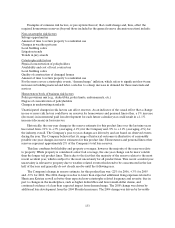 145
145 -
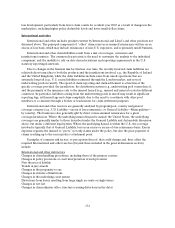 146
146 -
 147
147 -
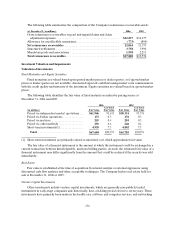 148
148 -
 149
149 -
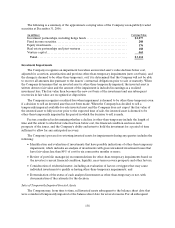 150
150 -
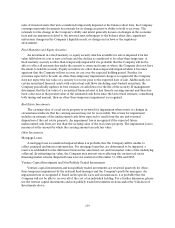 151
151 -
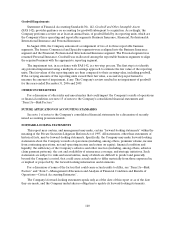 152
152 -
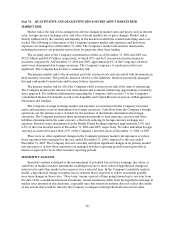 153
153 -
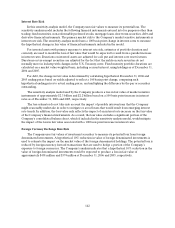 154
154 -
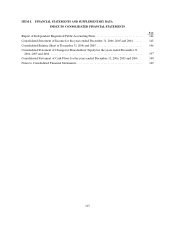 155
155 -
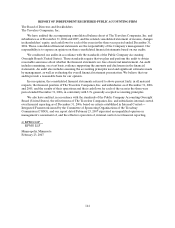 156
156 -
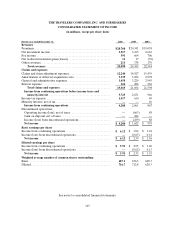 157
157 -
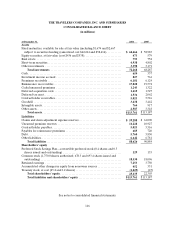 158
158 -
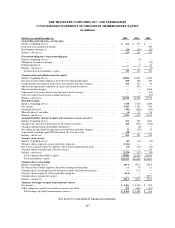 159
159 -
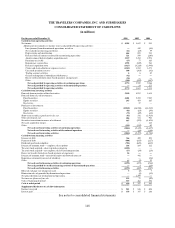 160
160 -
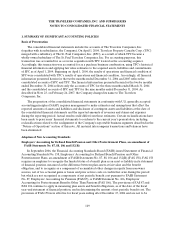 161
161 -
 162
162 -
 163
163 -
 164
164 -
 165
165 -
 166
166 -
 167
167 -
 168
168 -
 169
169 -
 170
170 -
 171
171 -
 172
172 -
 173
173 -
 174
174 -
 175
175 -
 176
176 -
 177
177 -
 178
178 -
 179
179 -
 180
180 -
 181
181 -
 182
182 -
 183
183 -
 184
184 -
 185
185 -
 186
186 -
 187
187 -
 188
188 -
 189
189 -
 190
190 -
 191
191 -
 192
192 -
 193
193 -
 194
194 -
 195
195 -
 196
196 -
 197
197 -
 198
198 -
 199
199 -
 200
200 -
 201
201 -
 202
202 -
 203
203 -
 204
204 -
 205
205 -
 206
206 -
 207
207 -
 208
208 -
 209
209 -
 210
210 -
 211
211 -
 212
212 -
 213
213 -
 214
214 -
 215
215 -
 216
216 -
 217
217 -
 218
218 -
 219
219 -
 220
220 -
 221
221 -
 222
222 -
 223
223 -
 224
224 -
 225
225 -
 226
226 -
 227
227 -
 228
228 -
 229
229 -
 230
230 -
 231
231 -
 232
232 -
 233
233 -
 234
234 -
 235
235 -
 236
236 -
 237
237 -
 238
238 -
 239
239 -
 240
240 -
 241
241 -
 242
242 -
 243
243 -
 244
244 -
 245
245 -
 246
246 -
 247
247 -
 248
248 -
 249
249 -
 250
250 -
 251
251 -
 252
252 -
 253
253 -
 254
254 -
 255
255 -
 256
256 -
 257
257 -
 258
258 -
 259
259 -
 260
260 -
 261
261 -
 262
262 -
 263
263 -
 264
264 -
 265
265 -
 266
266 -
 267
267 -
 268
268 -
 269
269 -
 270
270 -
 271
271 -
 272
272 -
 273
273 -
 274
274 -
 275
275 -
 276
276 -
 277
277 -
 278
278 -
 279
279 -
 280
280 -
 281
281 -
 282
282 -
 283
283 -
 284
284 -
 285
285
 |
 |
142
Interest Rate Risk
In this sensitivity analysis model, the Company uses fair values to measure its potential loss. The
sensitivity analysis model includes the following financial instruments entered into for purposes other than
trading: fixed maturities, non-redeemable preferred stocks, mortgage loans, short-term securities, debt and
derivative financial instruments. The primary market risk to the Company’s market sensitive instruments is
interest rate risk. The sensitivity analysis modeluses a 100 basis point change in interest rates to measure
the hypothetical change in fair value of financial instruments included in the model.
For invested assets with primary exposure to interest rate risk, estimates of portfolio duration and
convexity are used to model the loss of fair value that would be expected to result from a parallel increase
in interest rates. Durations on invested assets are adjusted for call, put and interest rate reset features.
Durations ontax-exempt securities are adjusted for the fact that the yields on such securities do not
normally move in lockstep with changes in the U.S. Treasury curve. Fixed maturity portfolio durations are
calculated on a market value weighted basis, includingaccrued interest, using holdings as of December 31,
2006 and 2005.
For debt, the change in fair value is determined by calculating hypothetical December 31, 2006 and
2005 ending prices based on yields adjusted to reflect a 100 basis point change, comparing such
hypothetical ending prices to actual endingprices, and multiplying the difference by the par or securities
outstanding.
The sensitivity analysis model used by the Company produces a loss in fair value of market sensitive
instruments of approximately $2.3 billion and $2.2 billion based on a 100 basis point increase in interest
rates as of December 31, 2006 and 2005, respectively.
The loss estimates do not take into account the impact of possible interventions that the Company
might reasonably undertake in order to mitigate or avoidlosses that would result from emerging interest
rate trends. In addition, the loss value only reflects the impact of an interest rate increase on the fair value
of the Company’s financial instruments. As a result, the loss value excludes a significant portion of the
Company’s consolidated balance sheet, which if included in the sensitivity analysis model, would mitigate
the impact of the loss in fair value associated with a 100 basis point increase in interest rates.
Foreign Currency Exchange Rate Risk
The Company uses fair values of investmentsecurities to measure its potential loss from foreign
denominated investments. A hypothetical 10% reduction in value offoreign denominated investments is
used to estimate the impact on the market value of the foreign denominated holdings. The potential loss is
reduced by foreign currency forward transactions that are used to hedge a portion of the Company’s
exposure to foreign currencies. The Company’s analysis indicates that a hypothetical 10% reduction in the
value of foreign denominated investments would be expected to produce a loss in fair value of
approximately $438million and $374 million at December 31, 2006 and 2005, respectively.
